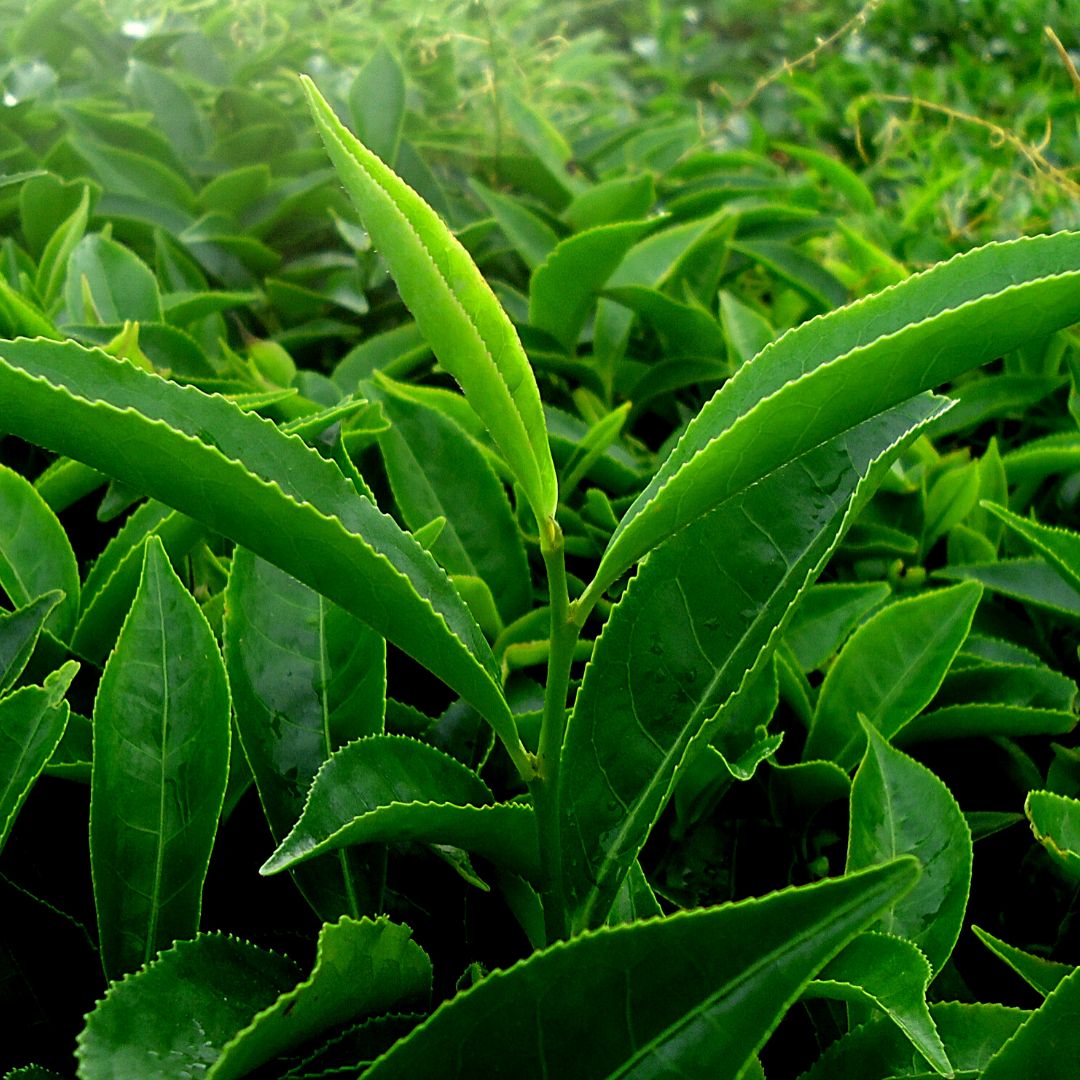
Understanding the Tea Grading System!
Understanding the Tea Grading System!
Chai’ is an elixir of life and has taken a lot of favouritism as a popular gifting option for all occasions. It will not be wrong to mention that people around the world are united with a common beverage called `Chai’ or as is most popularly called `Tea’.
Chai is one beverage which every individual has a different taste preference for. Some people like it with milk and spices (popularly called as Vedic Masala Chai), some like it black and some like green or matcha. Any which way it is preferred drink around the world, second only to water.
Often times, we come across tastefully crafted boxes, tins or packets of tea which are labelled different letters along with the name/blend of the tea. These acronyms are “grading terms” added to the name by the producer to give extra information about that tea. If we learn how to read the grading names and their acronyms, it will be easier to shop for your preferred tea variety. This will help us in understanding our tea better.
One may ask do these terms refer to the flavour profile of the tea? The answer would be no, it doesn’t. Yet understanding the grading system would help you identify your favourite tea profile.
The grading system gives information about the appearance of the leaf which is helpful when buying teas online or through a catalogue. Though the grading system does not refer to the sensory aspect of the tea, nor does it describe the body, aroma or texture of a tea, it gives information about the appearance of the leaf which is helpful when buying teas online.
The grading term do not refer to sensory aspects of the tea. The system does not describe the body, texture or aroma of a tea – but gives information about the appearance of the leaf that may be helpful when buying teas online or from a catalogue. Though the grades vary from country to country, but if we learn how to read the grading names and their acronyms, shopping for tea can become a little easier.
There is no one universal grading system. For example, in China, the largest producer of teas in the world, the grading system is a number sequence, with ‘first’ being the highest grade, down to 7, 8 or 9, based on leaf style and shape and how carefully the manufacturing process has been carried out.
In Taiwan and Japan, grading terms range downwards from, for example, Extra Choicest, Choicest, Choice, Finest, Fine, Good Medium, Medium, Good Common, Common, Nubs, to Dust and Fanning.
The most widely-used grading terms are the ones applied to teas produced in places like India (Champagne of tea grown here in Darjeeling), Sri Lanka, Africa, Argentina, Indonesia, Malaysia, and Europe. Some of the most common terms for whole leaf teas are:
|
Grade Acronym |
Definition |
|
|
For full leaf tea – Delicious, Energizing, Nourishing… |
|
OP |
Orange Pekoe |
|
FOP |
Flowery Orange Pekoe |
|
GFOP |
Golden Flowery Orange Pekoe |
|
TGFOP |
Tippy Golden Flowery Orange Pekoe |
|
TGFOP 1 |
Tippy Golden Flowery Orange Pekoe One |
|
FTGFOP |
Finest Tippy Golden Flowery Orange Pekoe |
|
FTGFOP 1 |
Finest Tippy Golden Flowery Orange Pekoe One |
|
SFTGFOP |
Special Finest Tippy Golden Flowery Orange Pekoe |
|
SFTGFOP 1 |
Special Finest Tippy Golden Flowery Orange Pekoe One |
|
|
For broken leaves the letter B is added to the name |
|
BOP |
Broken Orange Pekoe |
|
FBOP |
Flowery Broken Orange Pekoe |
|
GBOP |
Golden Flowery Broken Orange Pekoe |
|
TGBOP |
Tippy Golden Broken Orange Pekoe |
|
|
For smaller grades – used in commercial tea bags, fanning and dust grades – the letter F is added to the name |
|
OF |
Orange Fanning |
|
OPF |
Orange Pekoe Fanning |
|
FBOPF |
Flowery Broken Orange Pekoe Fanning |
|
FD |
Fanning Dust |
It is important to mention that tea grades are designated by the producer, and sometimes can vary from one to another.
Knowing grades are important because learning how to read these acronyms and their meanings provide a lot of information about the tea itself, very useful when it comes to choosing a tea profile.
We know small pieces of leaf give stronger liquor than whole leaf teas. So, if you are looking for a black tea to be used in a breakfast style blend, then you should go for a broken tea (look for the “B” in the grade). On the contrary, if you look for a mellow, soft and sweet black tea, one with high quantity of buds will provide such an experience, so pick the ones with an F or G letter. F stands for flowery–meaning that the tea has buds–and G stands for Golden–which denote a higher proportion of buds on the tea.
Leaf grades help to understand how the leaves look like and what to expect from them regarding strength, aroma, sweetness…to ensure that your beverage is Delicious, Energizing and Nourishing.